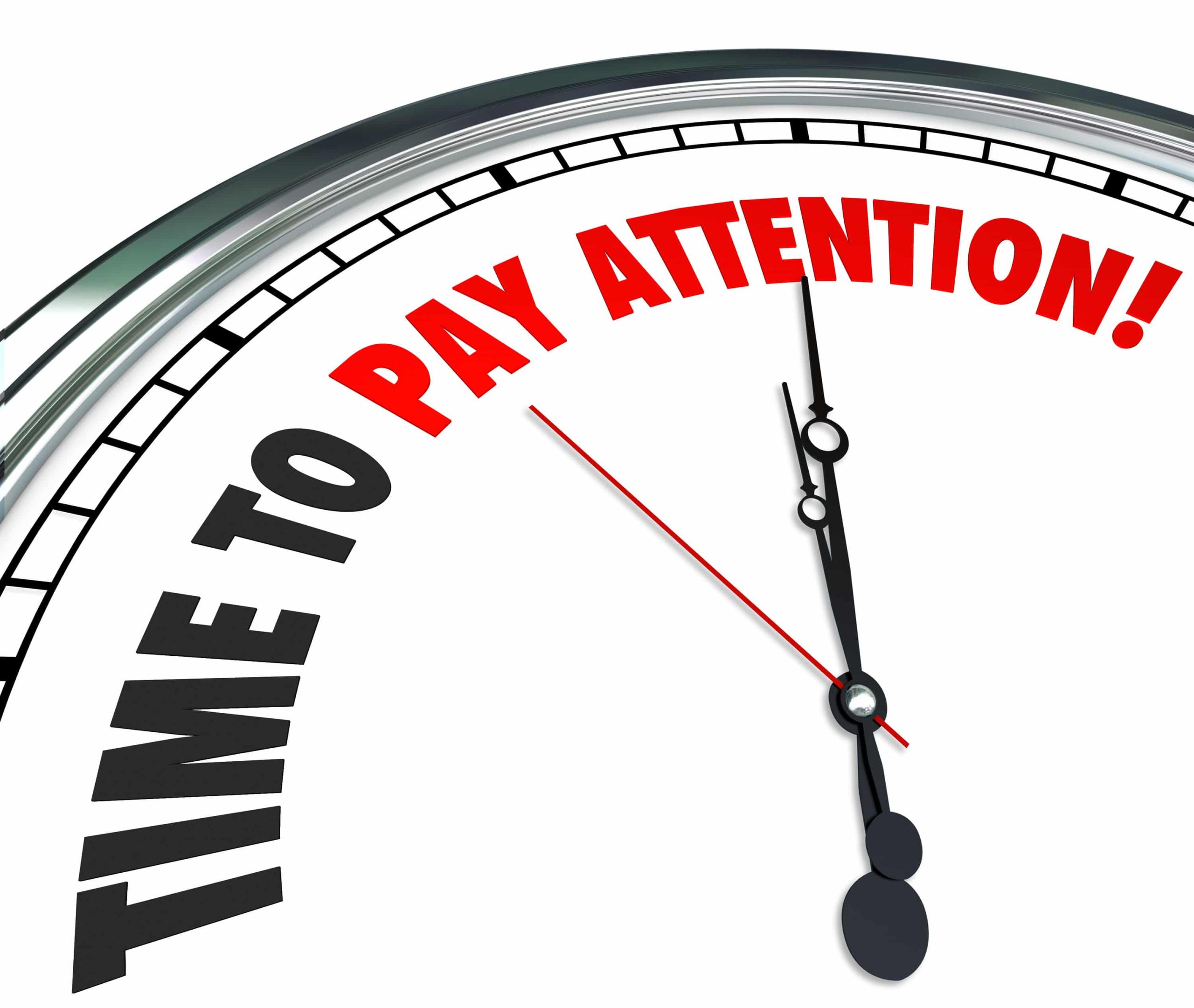
Get To Know Your HVAC: Static Pressure
What is Static Pressure?
When installing a new unit or diagnosing problems with an existing one, your HVAC technician may measure the static pressure of your system. Static pressure refers to the resistance against the flow of air through your system. Greater resistance yields higher pressure.
For an analogy, think of water flowing through a garden hose. If the end of the hose is open, the water flows out in a gentle stream—it’s under low pressure. But if you put your thumb over the mouth of the hose, partially blocking the opening, then you can make the water spray out a good distance. That’s because of the higher pressure pushing the water out.
The more you block the opening, the further the water sprays. You’re increasing the water pressure inside the hose by creating resistance.
Inside of an HVAC system, resistance increases the static pressure by making it harder for the air to flow. Like taking your blood pressure at the doctor’s office, taking the static pressure of your HVAC system can tell you a lot about the overall health of the system as a whole.
Symptoms of High Static Pressure
There are certain things you may notice about your HVAC system that can be indicators of high static pressure.
- Excessive noise: If your system seems louder than usual, that can be a sign of higher static pressure. First, air moving at high pressure through the return grille, ducts, and vents tends to be noisy because it’s moving faster—just like the water spraying out of the garden hose when you put your thumb over the opening. Additionally, the decreased airflow from high static pressure forces your HVAC unit’s blower motor to work harder to move air through the system. If you have a multi-speed or variable speed motor, it will ramp up to its maximum speed to try to keep the air flowing like it’s supposed to. When the motor runs at its maximum speed, it’s significantly louder.
- Hot and cold spots: If your home’s heating or cooling is uneven, that can also be a sign of high static pressure. When the air isn’t moving through a balanced system, you can end up with too much conditioned air in one part of your home and not enough in another.
- Higher energy bills: A system with high static pressure won’t be as efficient as one with correct, balanced pressure. If your energy bills increase without a clear cause, it’s a sign that you need to have the system checked out.
See Also: Contact Us
What Causes High Static Pressure?
High static pressure can have several possible causes. Diagnosing the issue often requires measuring the static pressure at two or more locations in the system to help narrow down where the resistance is occurring. Here are a few likely culprits:
- Undersized return air intake: The first location that resistance can happen in your system is at the return air intake. If the air intake is too small, it can make it too difficult for the blower to draw air into your system. This sometimes becomes a problem when ducts are sealed or a new system is installed, both of which can require more air to be drawn in through the return air intake.
- Dirty or high-MERV filter: Having a dirty air filter or one with too high of a MERV rating can also cause high static pressure at the return air intake. We recommend using cheap, low-MERV filters and changing them monthly to prevent this problem.
- Poorly designed ductwork: There are a lot of issues with ductwork that can cause increased resistance and high static pressure. Badly designed or installed ductwork that’s too narrow or has excessive bending, dipping, or sagging can create resistance to the flow of air, just like a kink in your garden hose.
- Dirty ductwork: Another duct issue that can lead to high static pressure is dirt and clogs. Heavy dust and debris inside of your ducts can essentially make them narrower, increasing the static pressure.
See Also: Are all air filters the same?
High Static Pressure Leads to Problems
It’s important to check your system for high static pressure and correct it because otherwise you can end up with some very serious problems.
- Higher energy bills: As stated before, high static pressure makes your system less efficient because it has to work harder to move the air. If your ducts aren’t sealed, high static pressure will make them even leakier, which again wastes energy and raises those energy bills.
- Blower motor blow-out: Because the blower motor must work harder to move air against the resistance in the system, the motor will wear out faster. That’s not a cheap part to replace!
- Compressor failure: The compressor is another major component that can be harmed by high static pressure. When the airflow is too low, the system may send liquid refrigerant into the compressor instead of gas. Over time, this damages the compressor and shortens its lifespan.
Conclusion
Ultimately, it’s important for your HVAC technician to measure the static pressure of your system and take steps to correct it if it’s too high. In the long-run, this care can save you money on your energy bills and help your system to be more effective and reliable.


